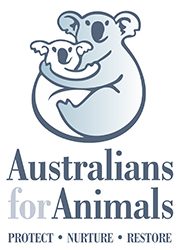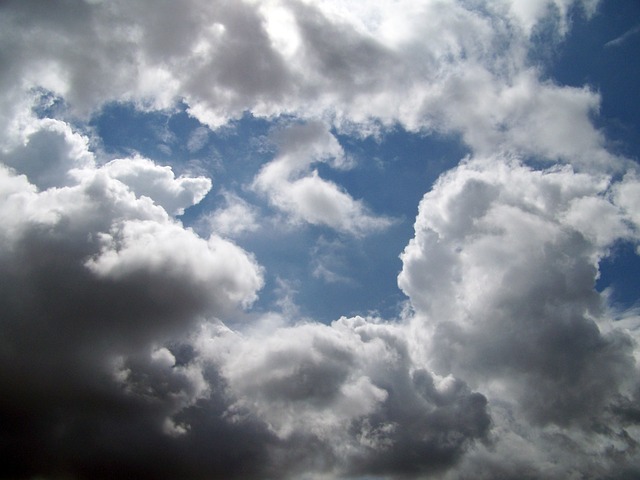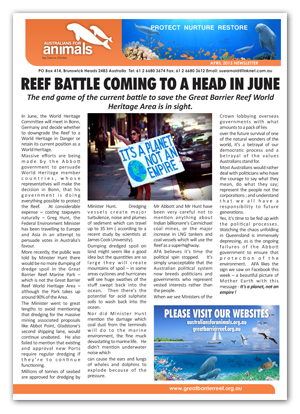Queensland Telegraph – ‘Resource consultants acting like high paid super models’
by John Mikkelsen

AN ENVIRONMENTAL medicine specialist has compared consultants working on major resource developments with “supermodels who won’t get out of bed for less than $5000 a day”.
The claim was made by Save the Reef spokesman Dr Andrew Jeremijenko, an occupational physician who once worked as chief medical officer for Woodside Petroleum in WA. He has also provided “Telemedicine advice” to major coal seam gas and Curtis Island LNG proponents, QGC and Origin over the past three years.
His scathing assessment of the resources consultancy industry followed the release of a report last week by the Federal Government’s Independent Scientific Expert Committee. This raised a number of issues over Arrow Energy’s Surat Gas Project Environmental Impact Statement, including underground water and threatened species.
Dr Jeremijenko told the Telegraph, “This demonstrates how broken the EIS process has become.
“In my view environmental consultants are becoming more like supermodels than protectors of the environment.
“They won’t get out of bed for less than $5000 a day. They go and take a few pictures and sell the product (namely the resource company CSG project).
“If you have the patience to read their ‘glossy’, it is shallow. It doesn’t address issues like cumulative impacts. They are paid by the resource companies and they do their bidding.
“Very few projects get knocked back and they don’t get sued by the Queensland Government if they say, ‘ It will all be ok’ but are proved wrong … All you have to do is look at the Dee River or at Ensham to realize these consultants get it wrong” .
Dr Jeremijenko said the expert committee was set up at the instigation of Federal Independent MP Tony Windsor, who had been dissatisfied with government scrutiny of new coal and coal seam gas projects.
“The committee has found that the Environmental Impact Statement for Arrow Energy does not adequately address potential impacts to matters of national environmental significance.
“It considered the EIS modelling inadequate as it does not assess cumulative impacts and they found the project has the potential to significantly impact on aquifer integrity in the region,” Dr Jeremijenko said.
“Mr Windsor and fellow independent Rob Oakeshott have successfully lobbied for a “Water Trigger’ to be included in the EPBC act. The resource companies continue to lobby against it. They know they are having cumulative impacts on the water…. You can’t drink coal or gas,” Dr Jeremijenko said.
Save the Reef believed the expert committee had highlighted problems with the whole EIS process. Environmental consultants had lost their independence and had become “the voice boxes for industry”.
“The current system rewards environmental consultants with repeat work if they write what the resource companies want….
“The government then approves projects without adequate review of these ‘independent’ EIS. If later there is an environmental disaster the environmental consultants know there is little chance they will be held responsible….
Dr Jeremijenko said the EIS for Arrow’s gasfield project was unfortunately one of many found to be flawed.
“In my view, Environmental Impact Statements are no longer worth the paper they are written on,” he said.
“The Great Barrier Reef World Heritage Area may be put on UNESCO’s ‘In Danger List’ on June 1 partly because environmental consultants for the LNG plants and Western Basin Dredging and Disposal project said that environmental impacts could be managed and would be small to negligible.
“The consultants had stated in one EIS for a Curtis Island LNG plant, that Gladstone Harbour was an area of low sensitivity despite a table stating that World Heritage Areas should be classified as high sensitivity. Gladstone Harbour is a turtle haven and dugong sanctuary.,” Dr Jeremijenko said.
His claims follow a CMC probe into recent allegations that the former Bligh government had pressured senior public servants into rushed approval of earlier EIS reports by other major coal seam gas companies constructing pipelines and LNG export terminals on Curtis Island.



